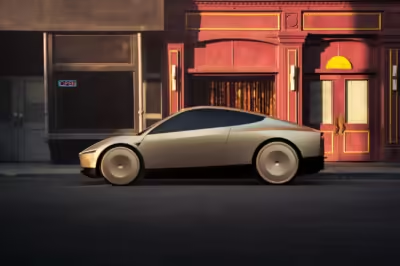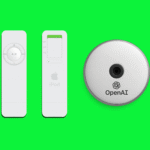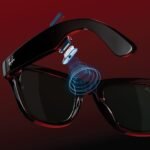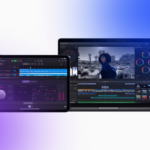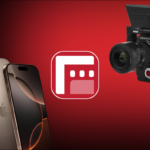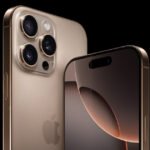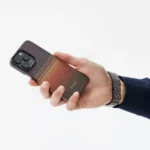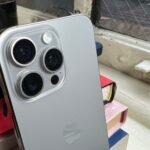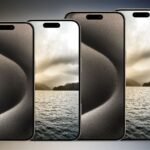In a groundbreaking event held at the Warner Bros. film lot in Burbank, California, Tesla CEO Elon Musk unveiled two new electric vehicles that could redefine the future of transportation: the Cybercab robotaxi and the Robovan. The “We, Robot” event showcased Tesla’s ambitious strides in autonomous driving and robotics, signaling a significant shift in the company’s focus towards AI and automation.
Cybercab Robotaxi: The Autonomous Revolution
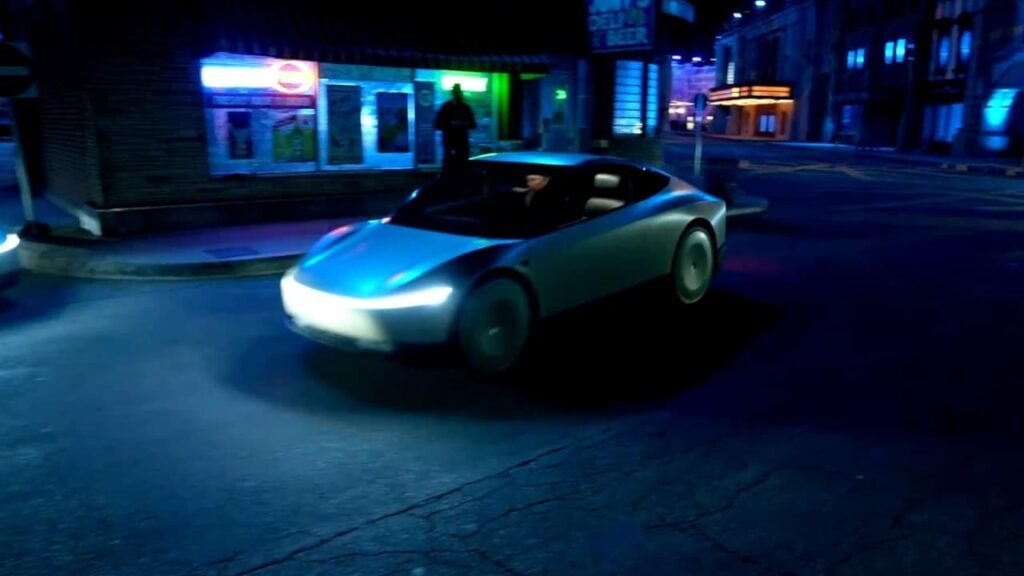
The star of the evening was the Cybercab, a purpose-built robotaxi designed exclusively for autonomous operation. This sleek vehicle departs from traditional car designs, notably lacking a steering wheel and pedals—a bold move that underscores Tesla’s confidence in its self-driving technology. With upward-opening butterfly doors and a compact cabin that accommodates two passengers, the Cybercab embodies a futuristic aesthetic that’s both functional and eye-catching.
One of the standout features of the Cybercab is its use of inductive charging, eliminating the need for plug-in charging stations. This wireless charging capability not only enhances convenience but also aligns with the vehicle’s autonomous nature.
Elon Musk emphasized the potential safety benefits of autonomous vehicles, stating that they are expected to be 10 to 20 times safer than human-driven cars. He also highlighted the economic advantages, suggesting that the cost per mile could drop to as low as $0.20, significantly undercutting the average $1 per mile cost of city buses.
Tesla plans to launch full autonomous driving in Texas and California as early as next year, with Cybercab production slated for 2026, though Musk acknowledged it could extend to 2027.
Robovan: Redefining High-Density Travel
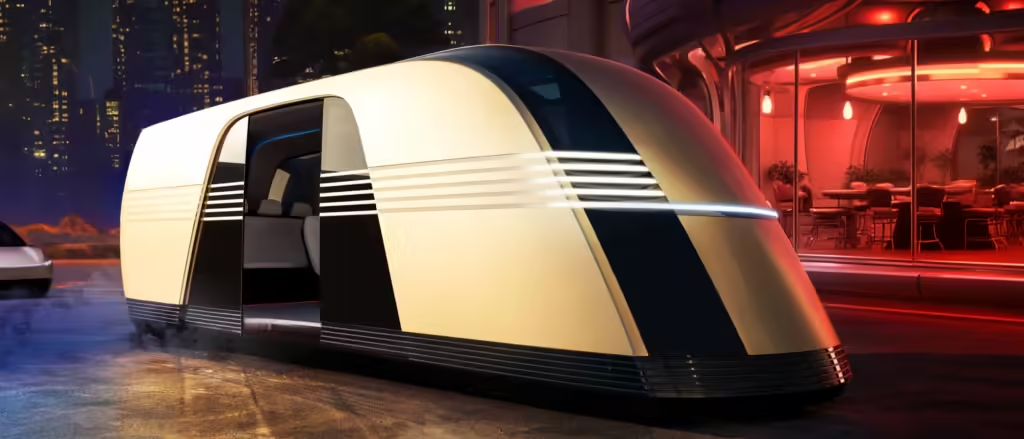
In a surprise reveal, Musk introduced the Robovan—a futuristic vehicle capable of carrying up to 20 passengers or transporting goods. The Robovan’s design is reminiscent of an Art Deco vision of the future, featuring a sleek, train-like silhouette with hidden wheels.
Musk explained that the Robovan is intended to solve issues related to high-density transportation. Whether transporting a sports team or aiming to reduce travel costs to as low as 5–10 cents per mile, the Robovan offers a versatile solution.
The Robovan is intended to be part of Tesla’s upcoming autonomous ride-hailing service, the Tesla Network, which will utilize both purpose-built self-driving vehicles and customer-owned Teslas.
Optimus Robot: Walking Towards a Robotic Future

Adding to the night’s surprises, a fleet of Tesla’s humanoid Optimus robots made an appearance, walking among the attendees and interacting with guests. Demonstrated in a video performing everyday tasks like retrieving packages, the Optimus robots showcased Tesla’s advancements in robotics.
Musk mentioned that the Optimus robots can engage in simple interactions like serving drinks or playing games. He expressed his belief that this could be Tesla’s biggest product ever, envisioning it as a transformative force in society.
He envisions the Optimus robot could be mass-produced in the millions and sold at a price point of around $20,000. Musk suggested that widespread adoption of such robots could lead to a significant boost in economic output and contribute to a future where poverty is eliminated.
Tesla’s Strategic Shift Towards AI and Automation
The “We, Robot” event signifies Tesla’s strategic pivot from solely producing electric vehicles to becoming a leader in artificial intelligence and robotics. With a market capitalization rivaling the combined value of many global automakers, Tesla is leveraging its position to push the boundaries of what’s possible in autonomous technology.
However, the path forward is not without challenges. Regulatory approval for vehicles without traditional controls like steering wheels and pedals remains a significant hurdle. Additionally, Tesla faces stiff competition from companies like Waymo and Cruise, which have already made substantial progress in autonomous driving technology.
